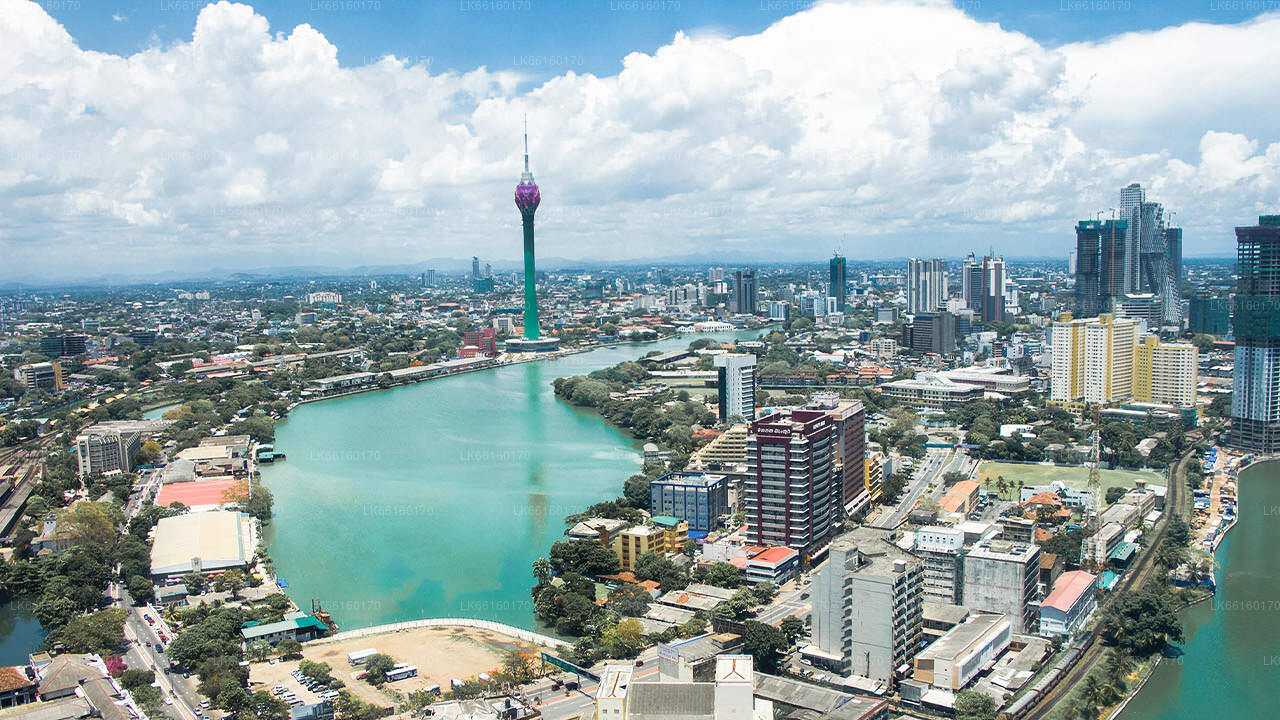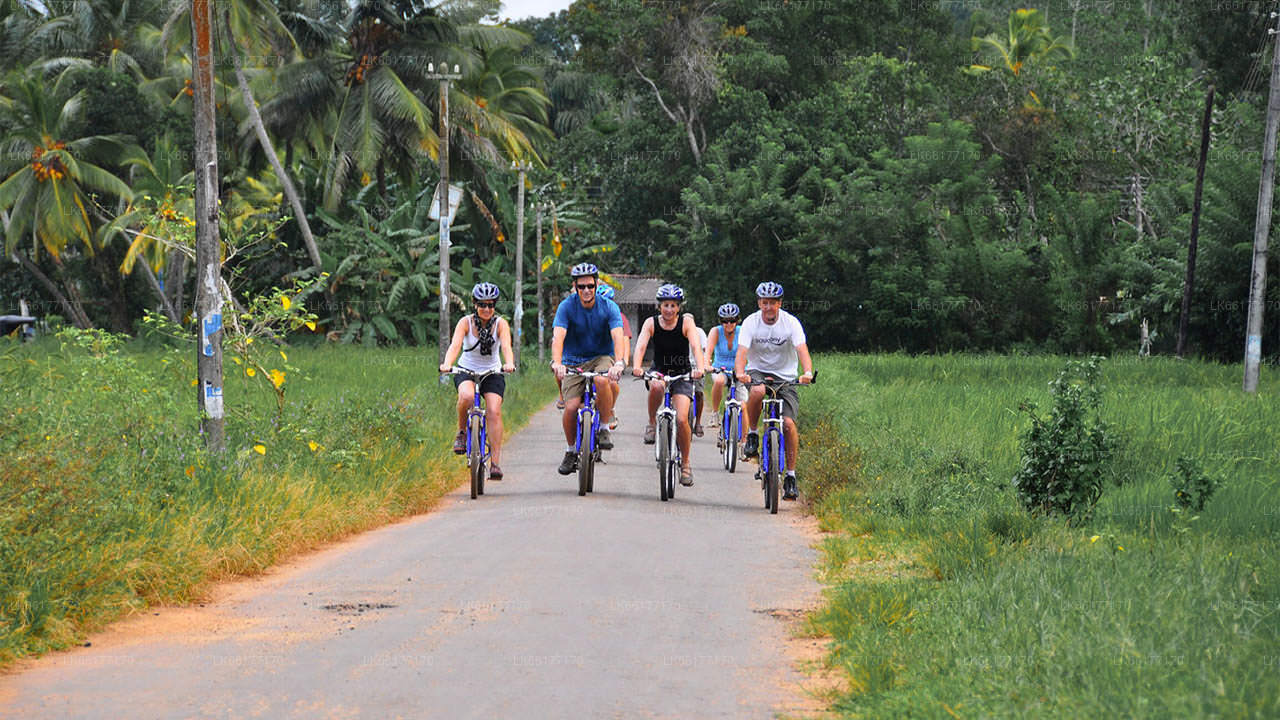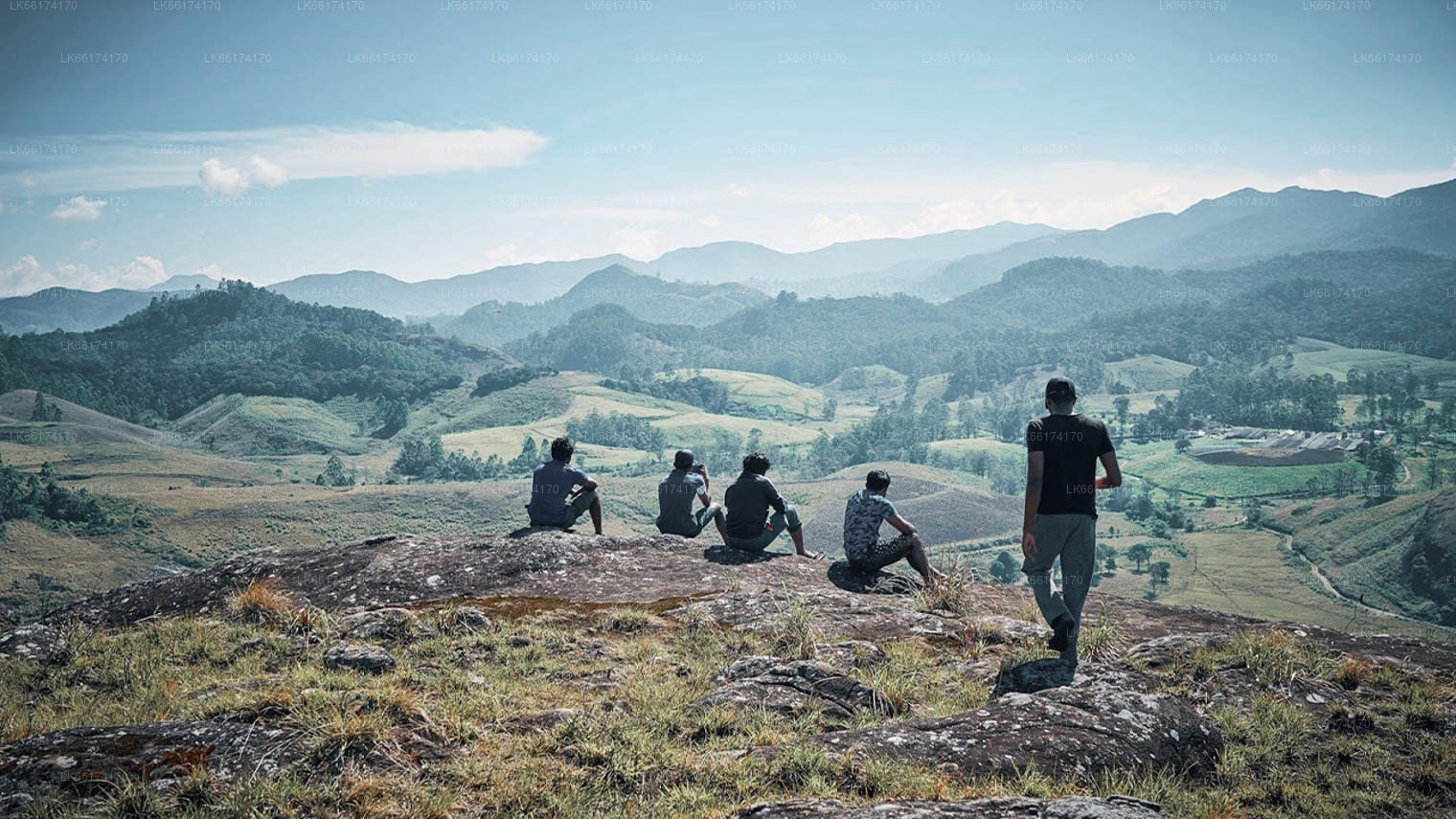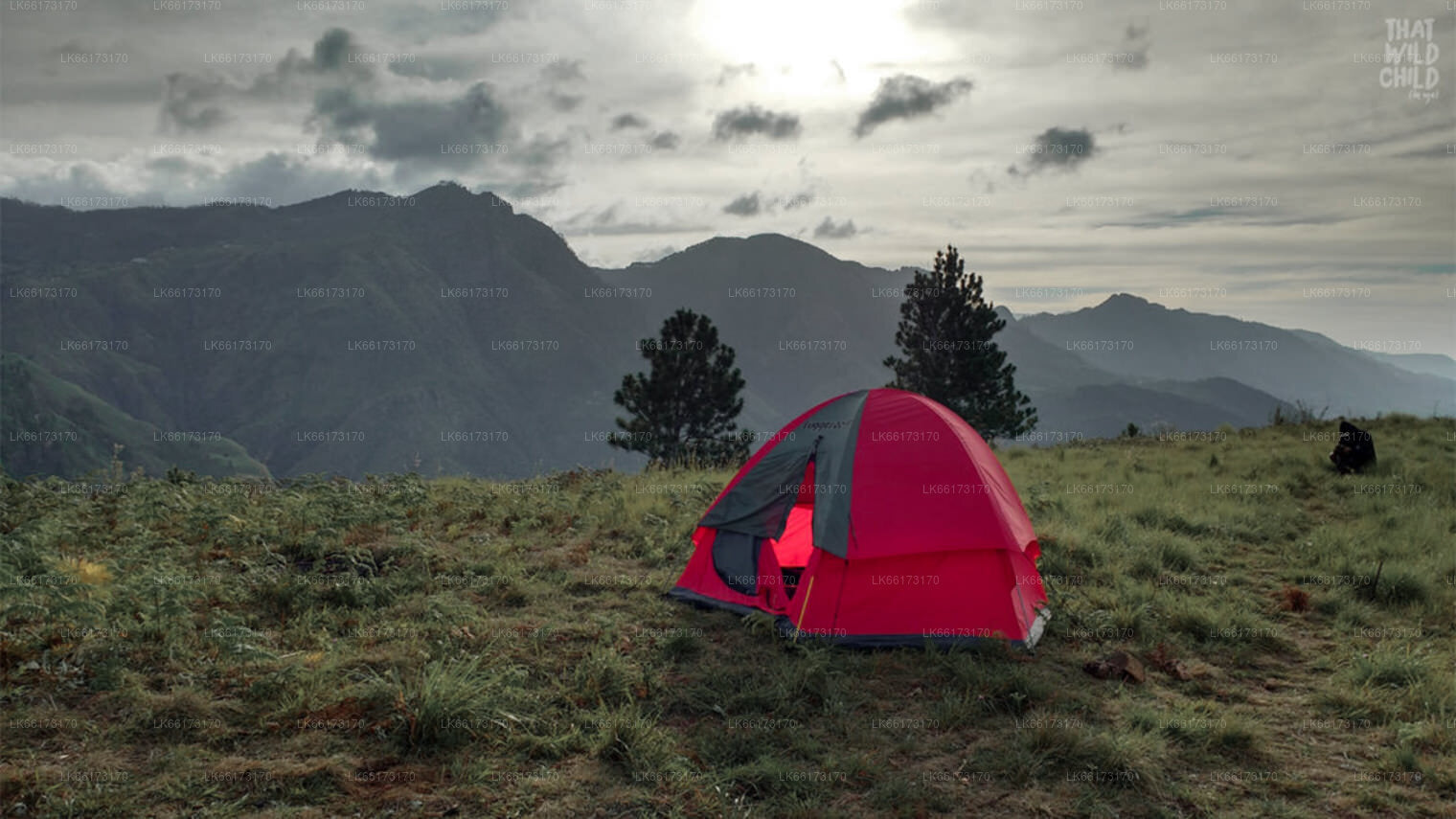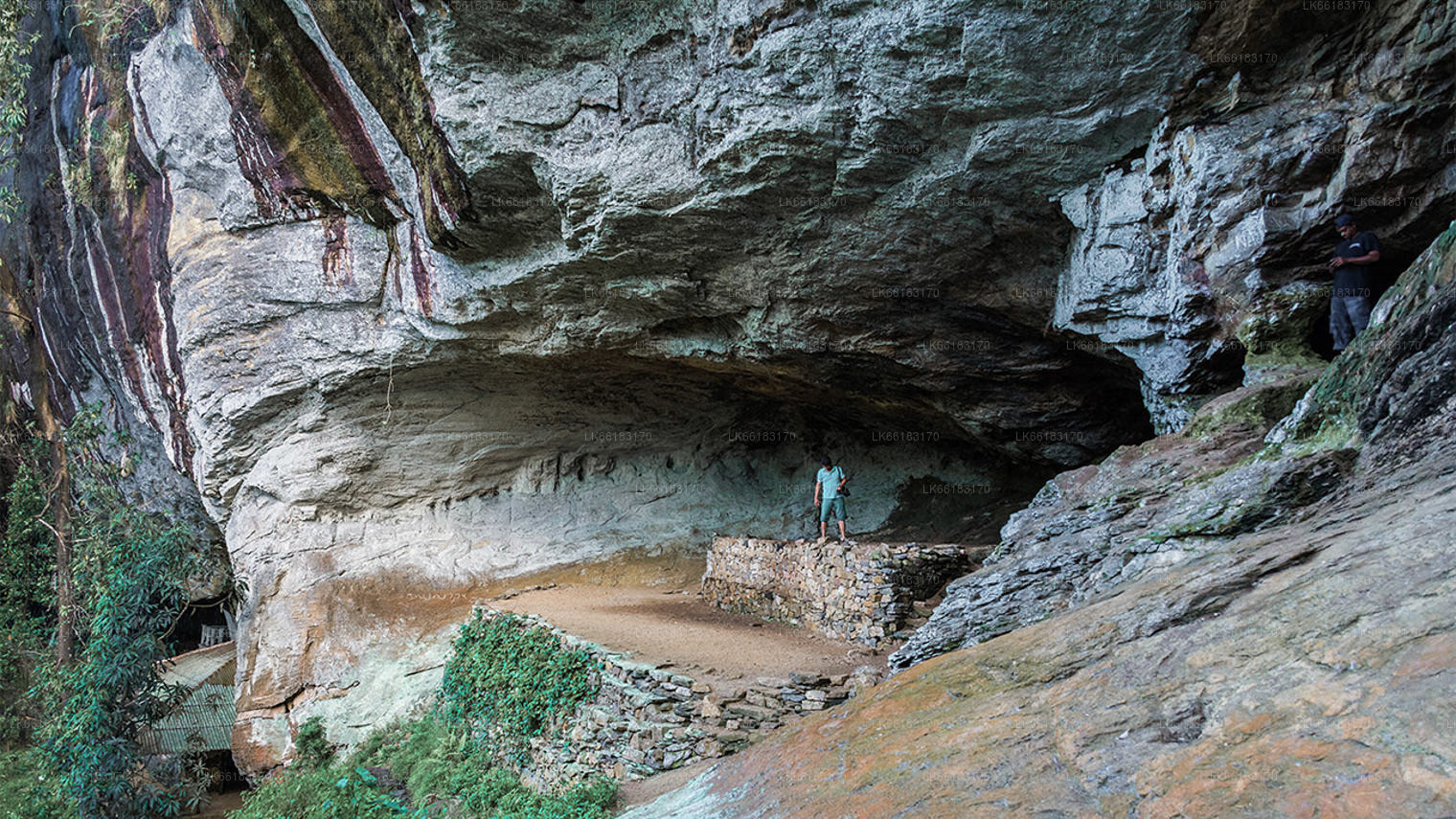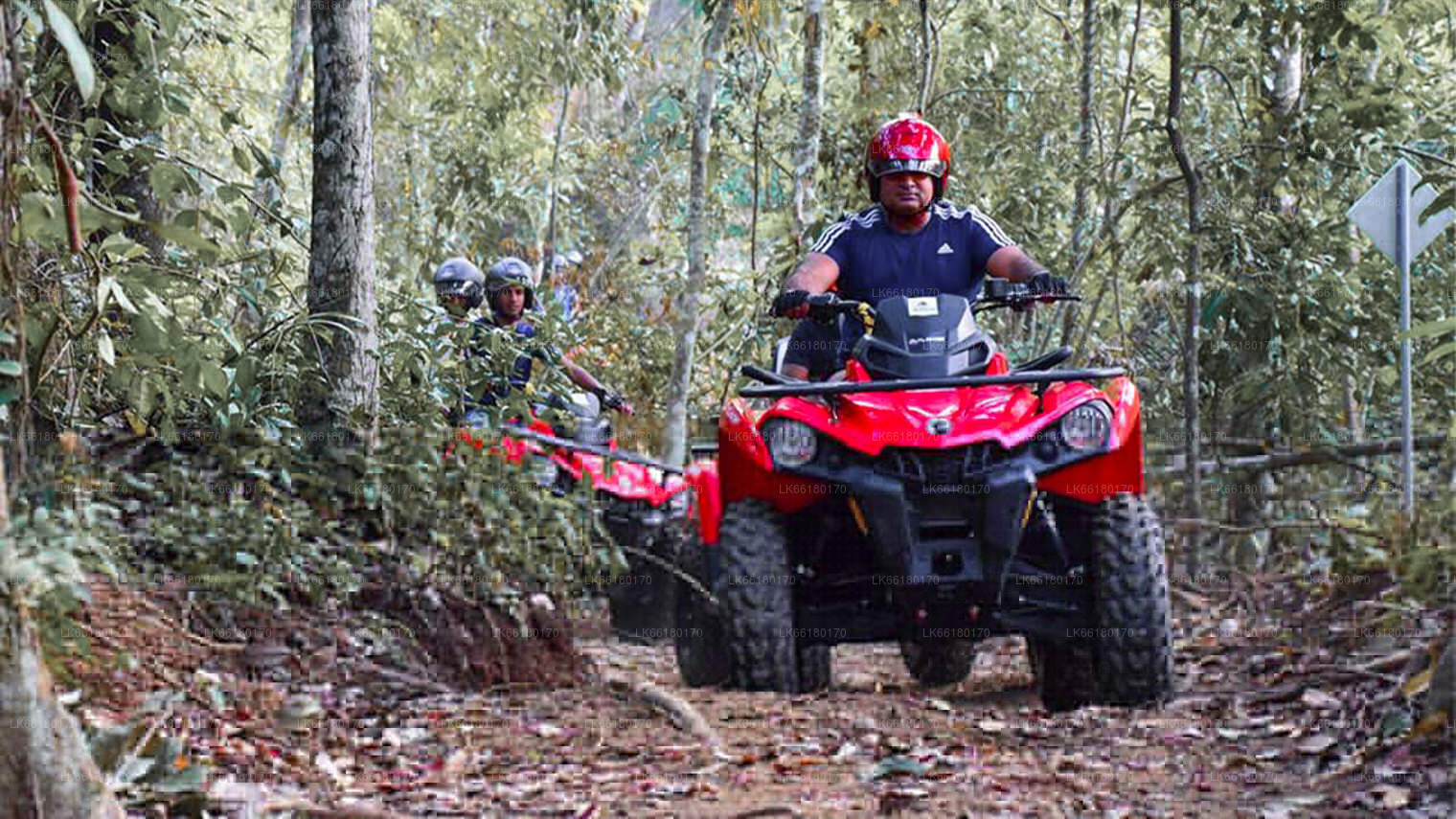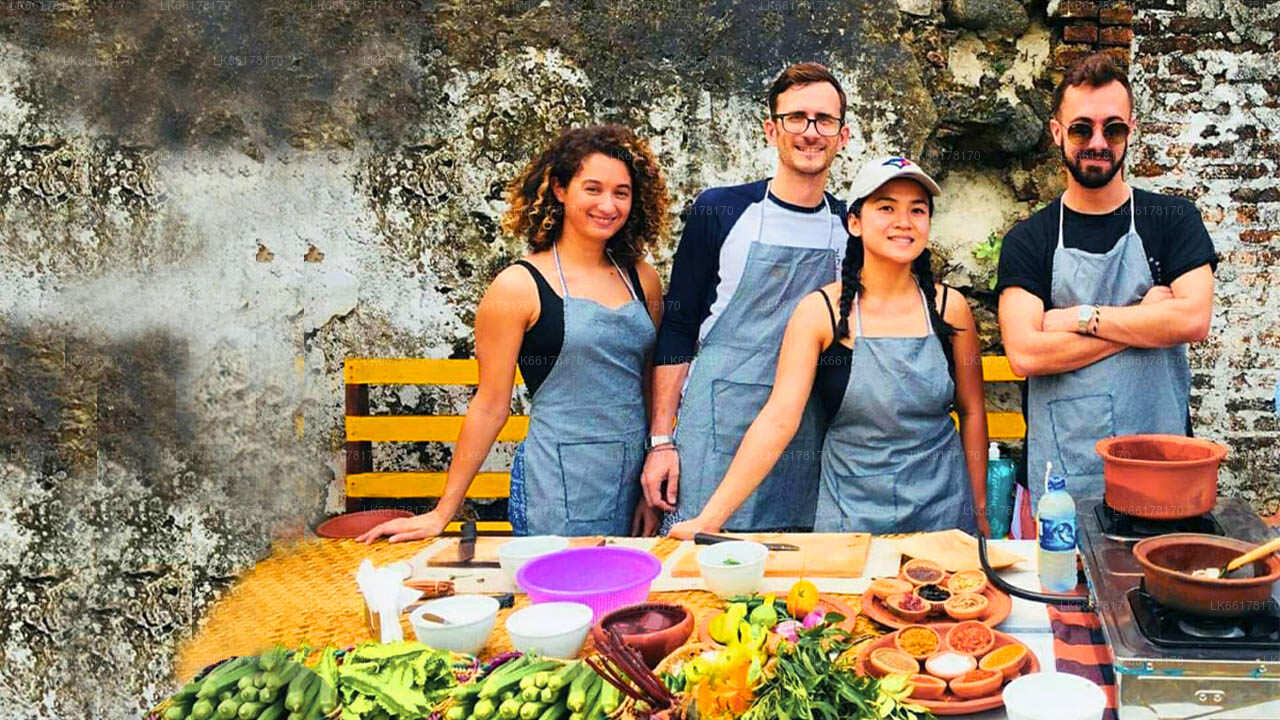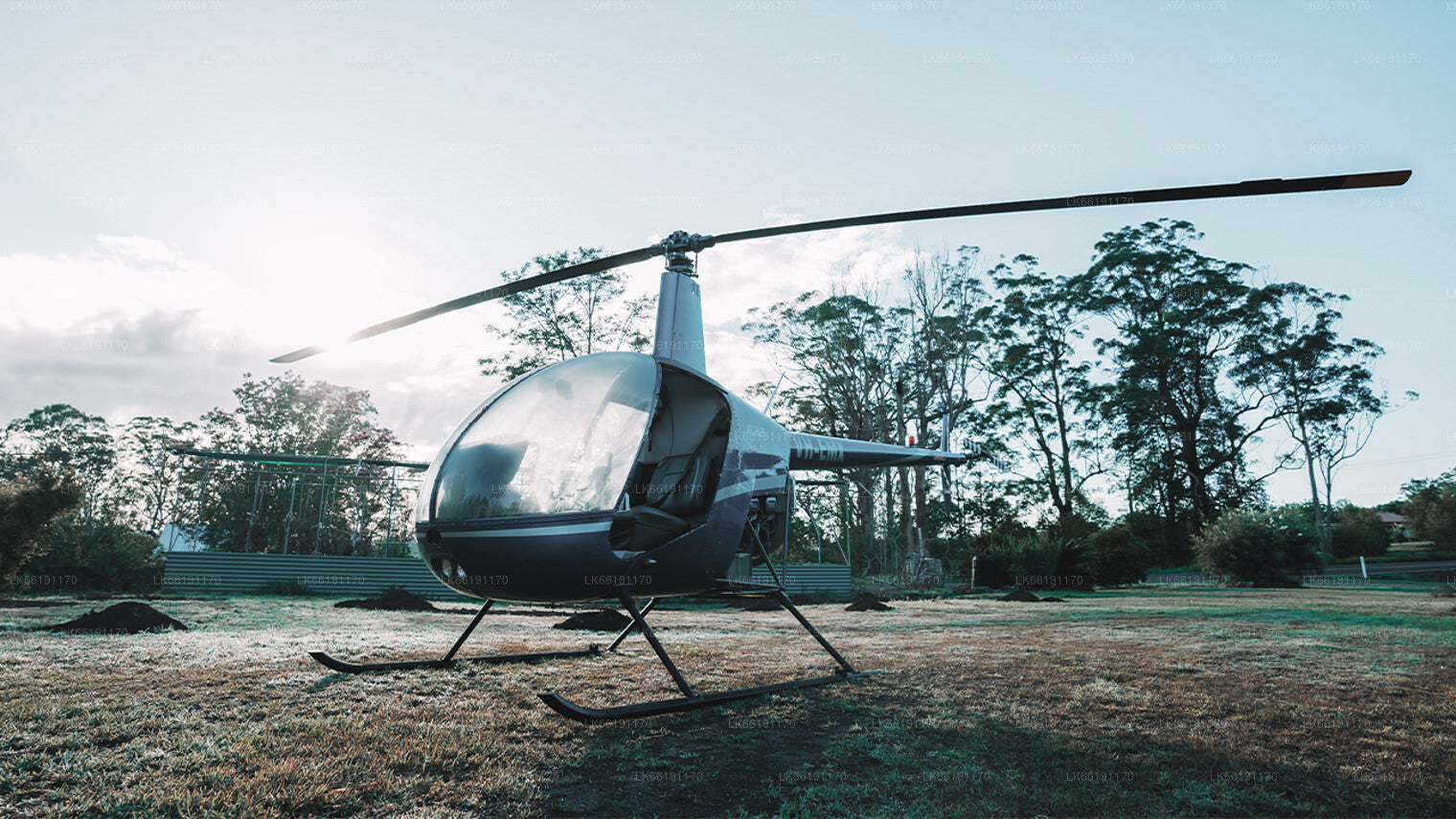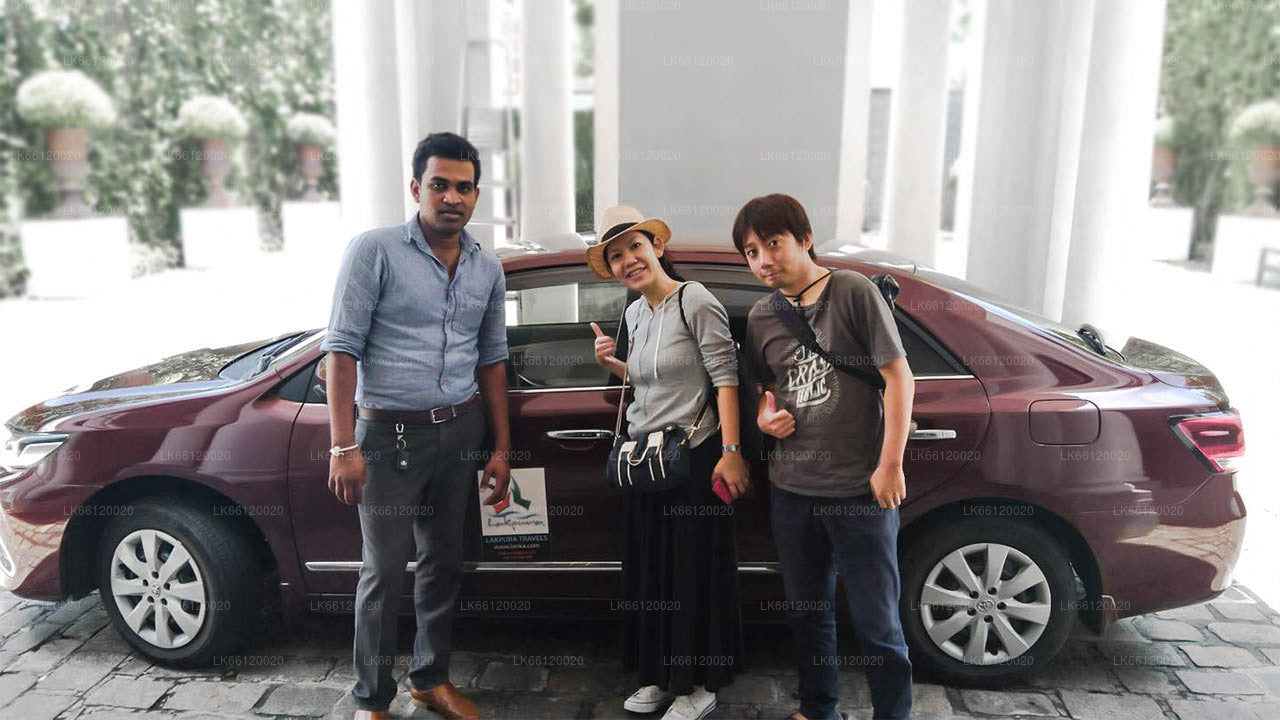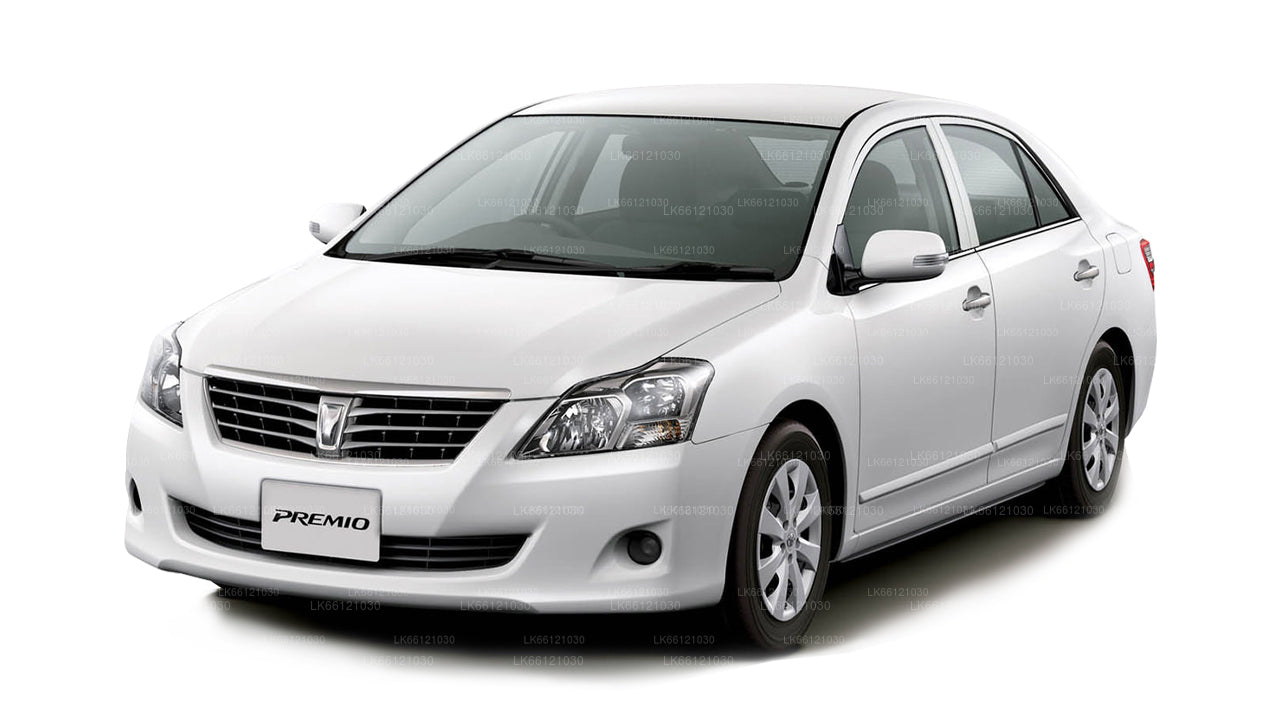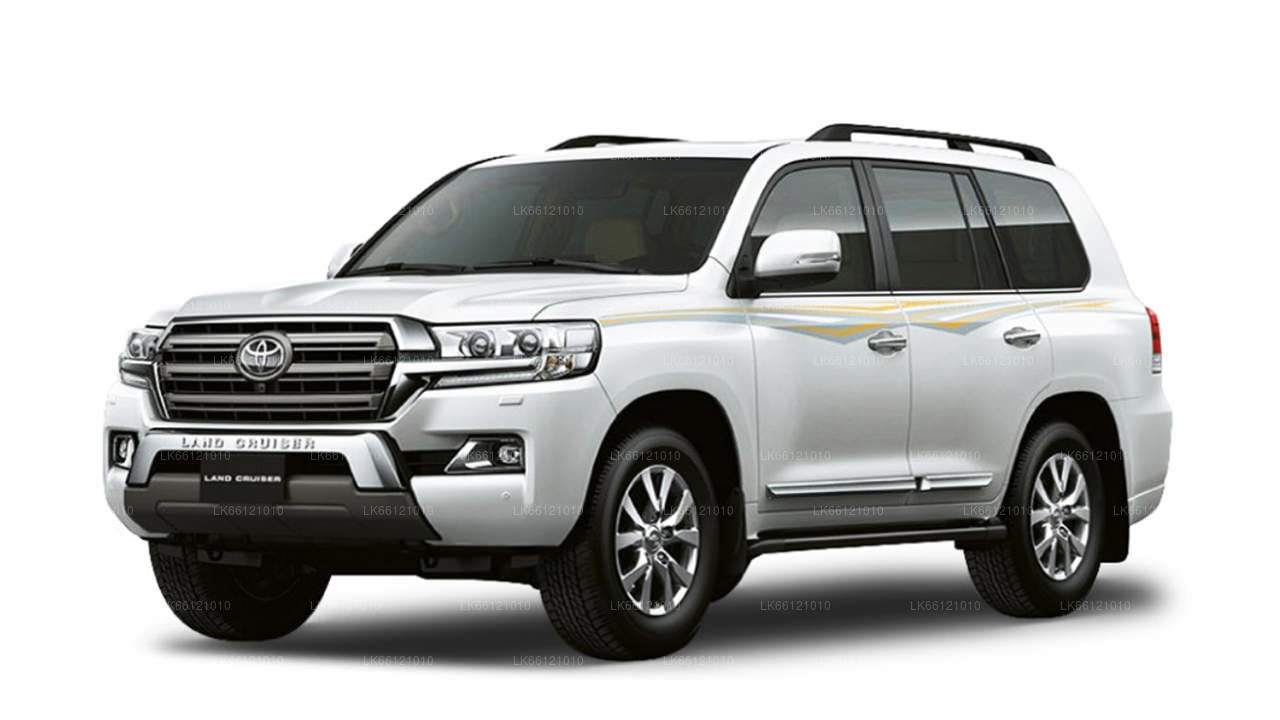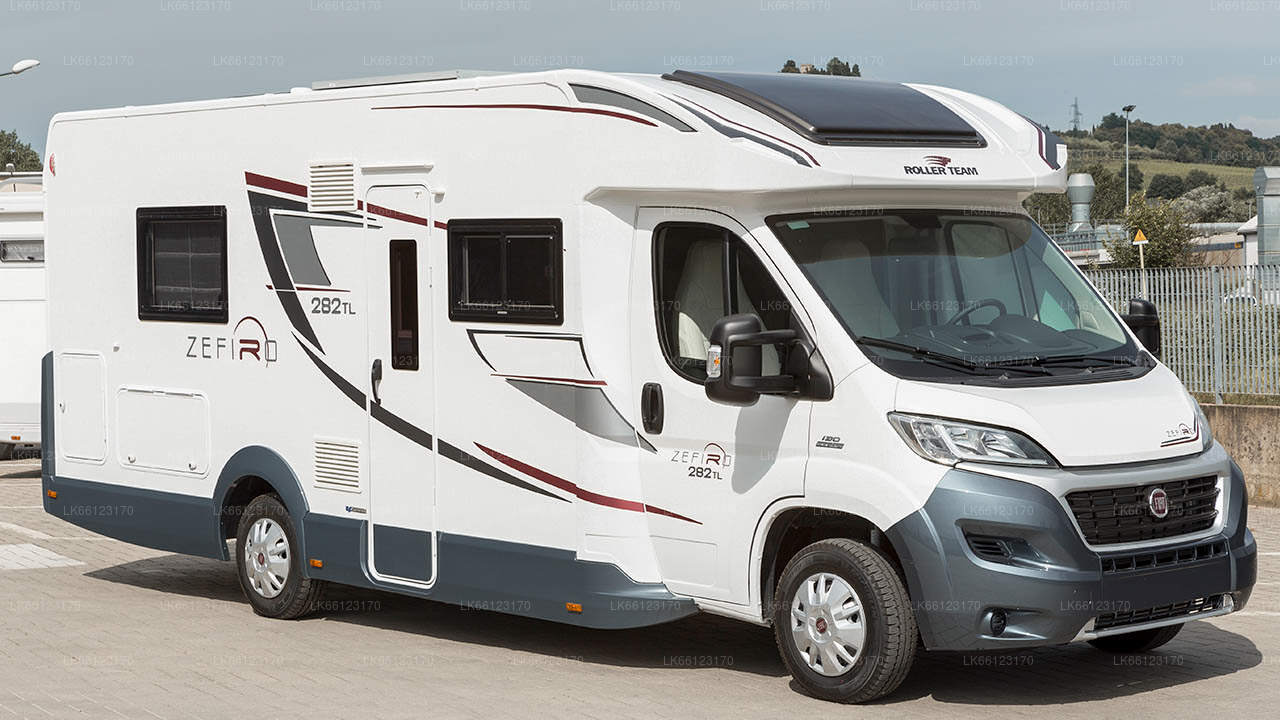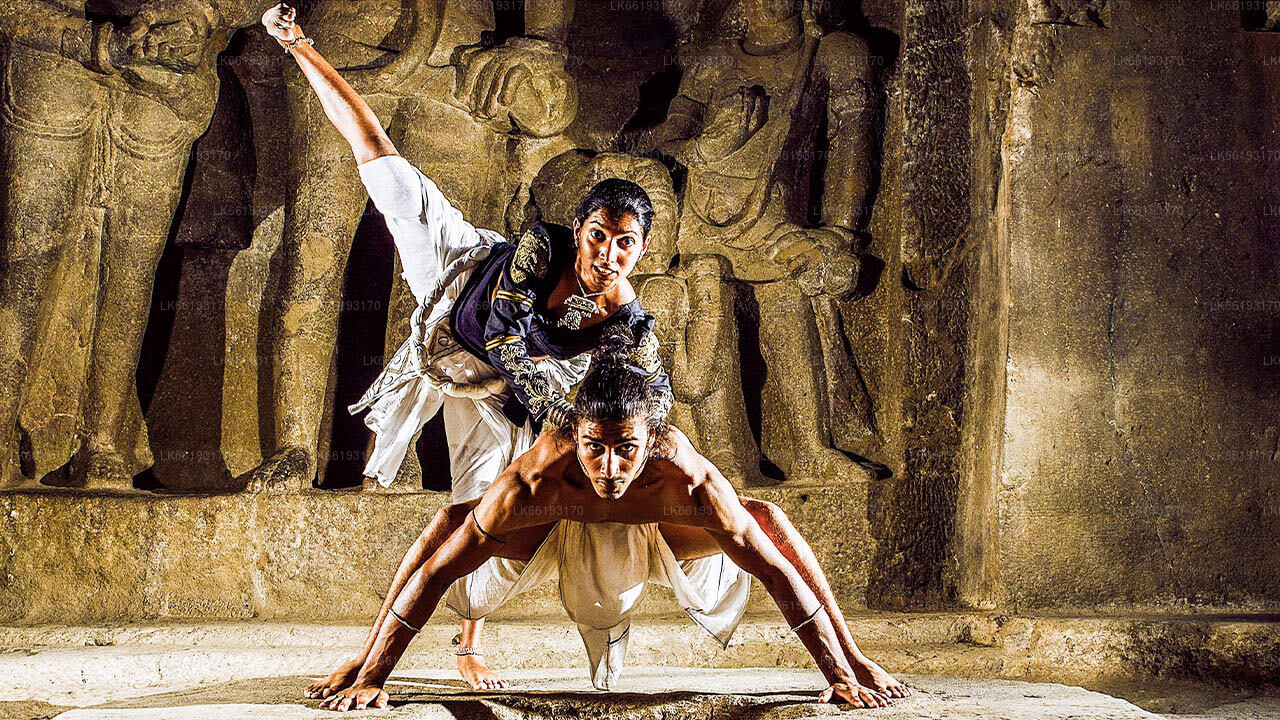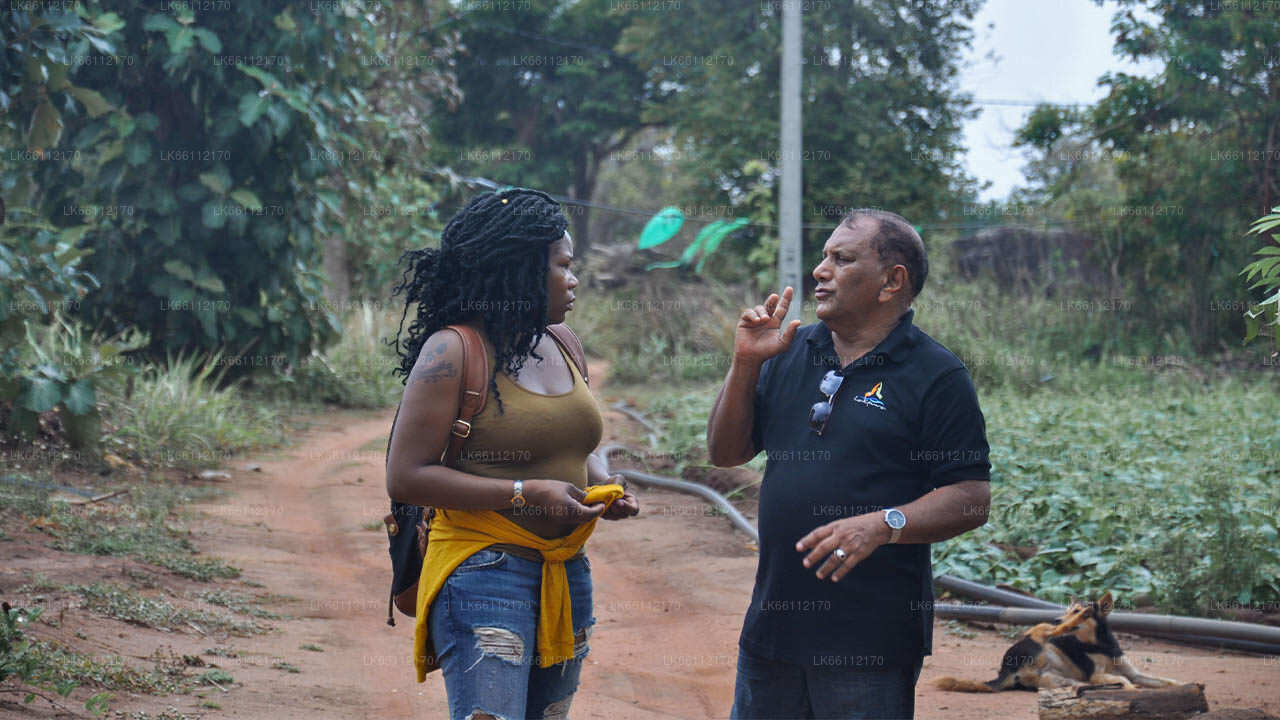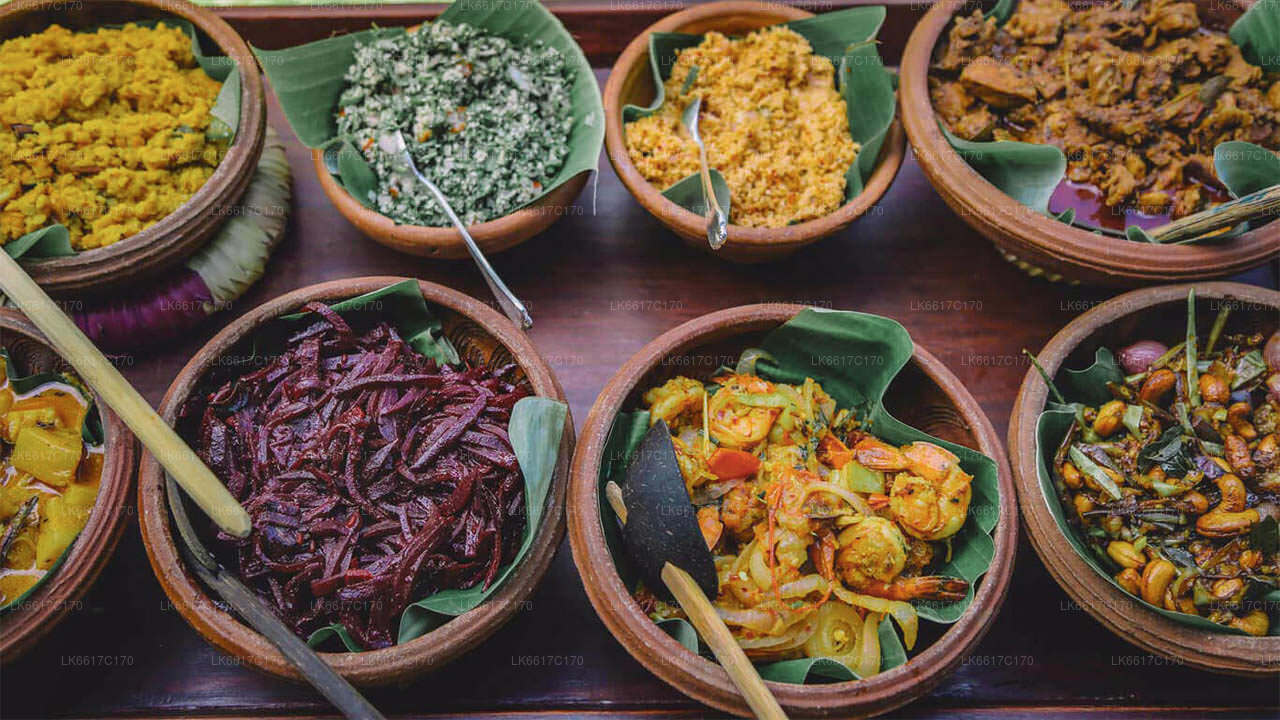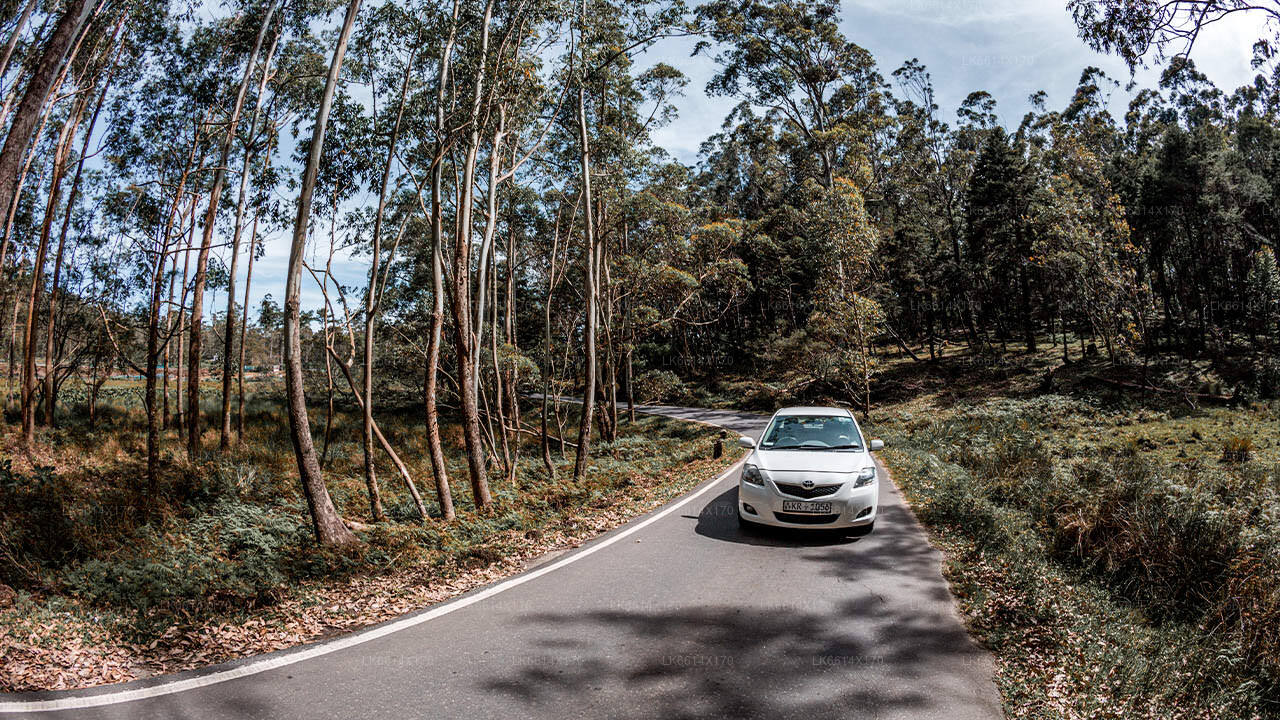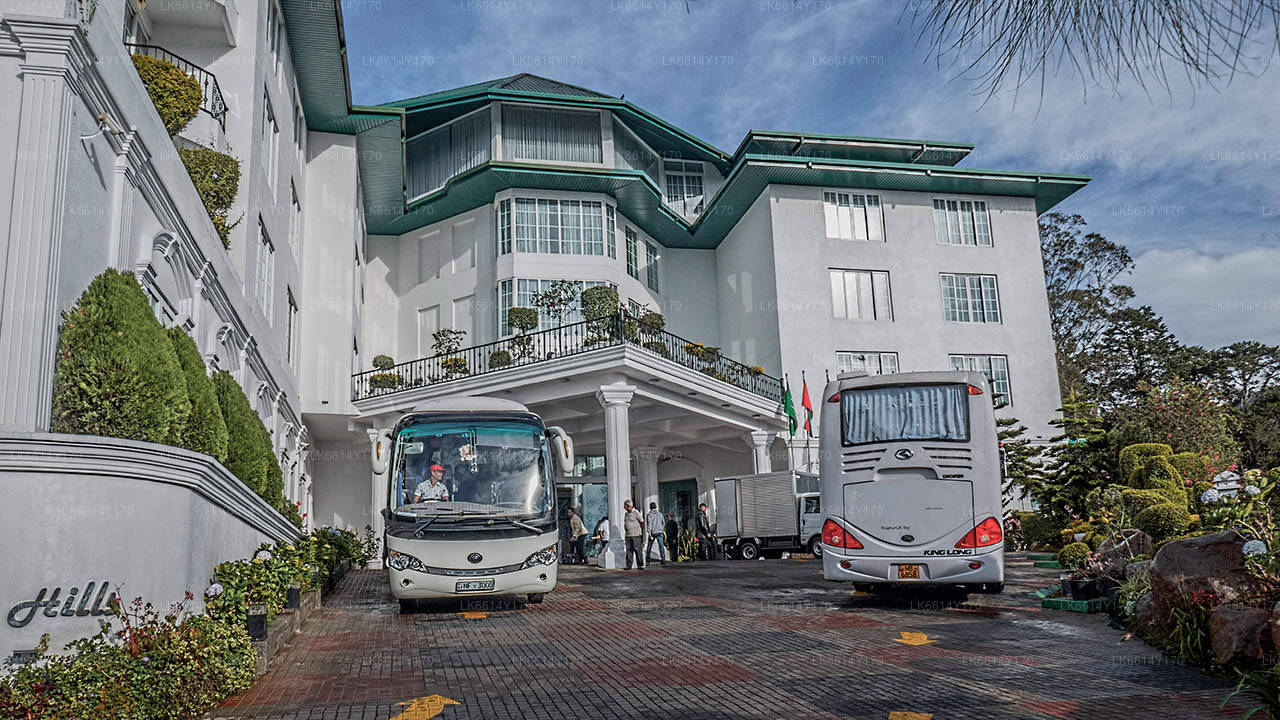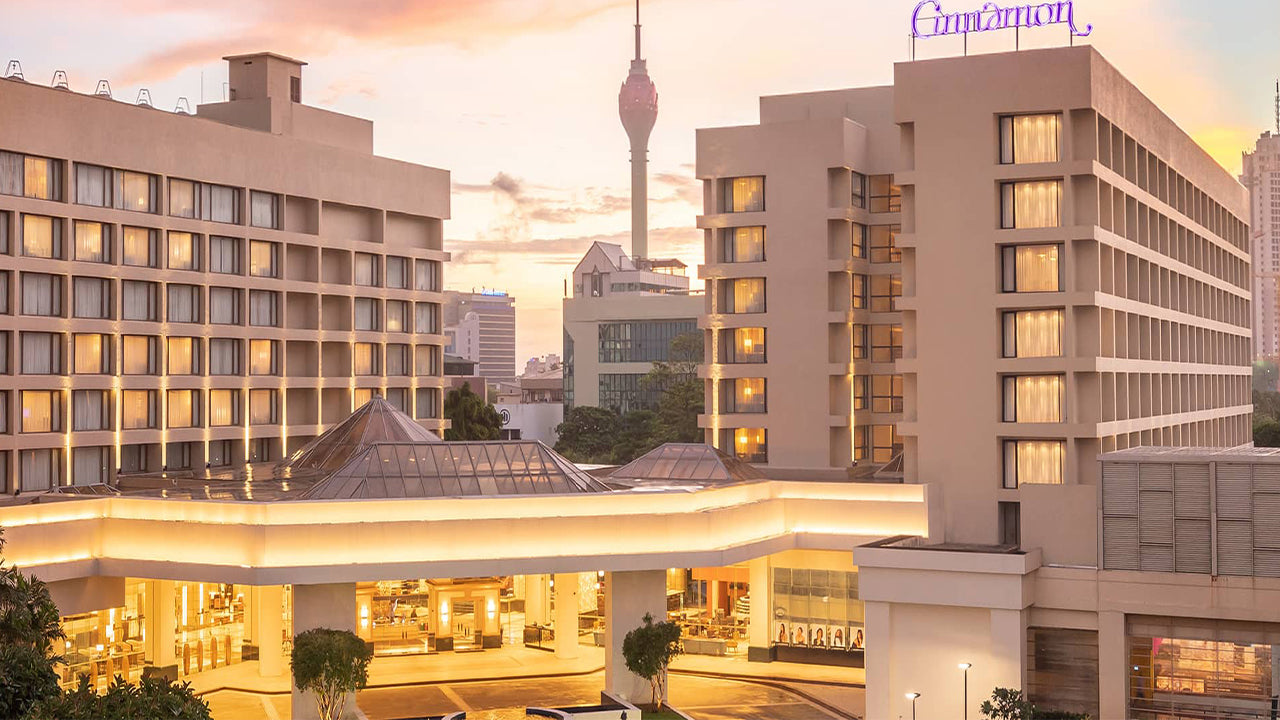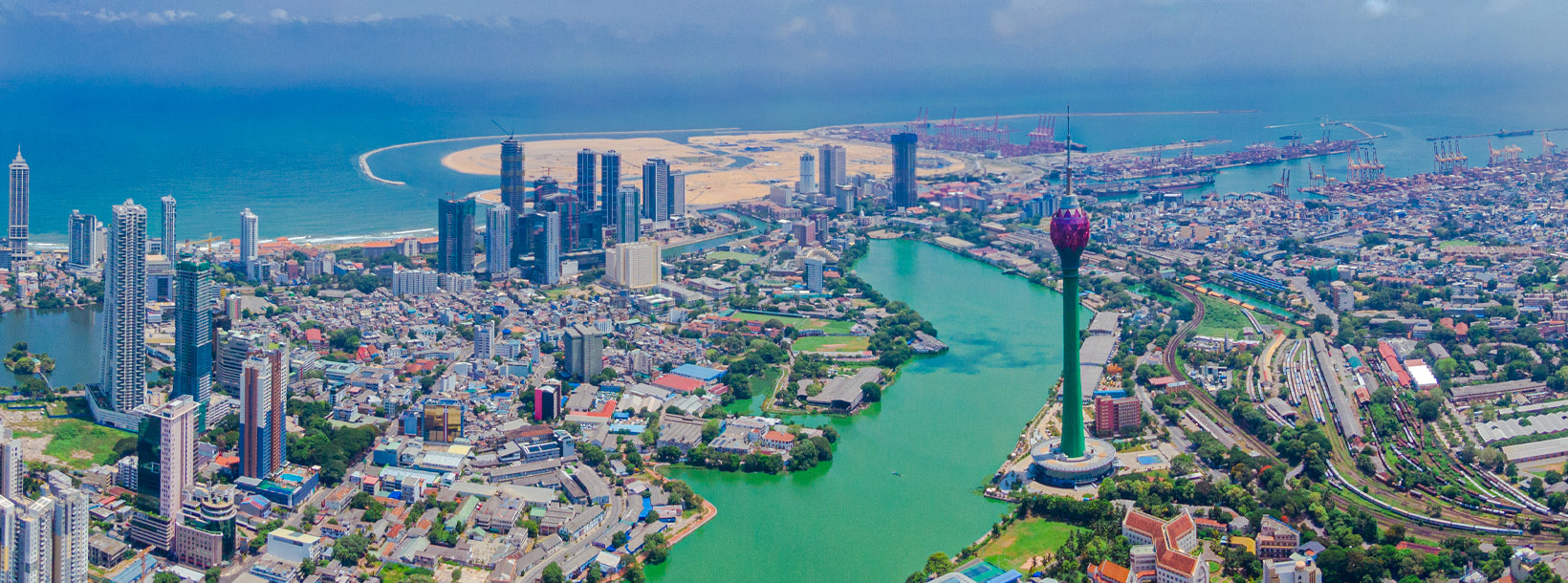
Ville de Colombo
Colombo, capitale du Sri Lanka, est une ville dynamique mêlant tradition et modernité. Elle met en valeur son architecture coloniale, ses marchés animés et ses temples bouddhistes paisibles. Avec sa cuisine variée, son paysage urbain en plein essor et ses magnifiques plages, c'est un pôle d'attraction pour les affaires, la culture et le tourisme, offrant une porte d'entrée vers les merveilles du Sri Lanka.
Aéroport de Colombo (IATA : CMB)
Bandaranaike International Airport (commonly known as Colombo International Airport, Colombo-Bandaranaike and locally as Katunayake Airport) (IATA: CMB, ICAO: VCBI) is the main international airport serving Sri Lanka. It is named after former Prime Minister S.W.R.D. Bandaranaike and is located in a suburb of Negombo, 32.5 kilometres (20+1/4 miles) north of the nation's longstanding capital and commercial center, Colombo. It is administered by Airport and Aviation Services (Sri Lanka) Ltd and serves as the hub of SriLankan Airlines, the national carrier of Sri Lanka, and domestic carrier Cinnamon Air. The other airport serving the city of Colombo is the Ratmalana International Airport, primarily serving domestic destinations.
Bandaranaike International Airport (airport code CMB) at Katunayake, Sri Lanka, is 32.5 kilometers north of the island nation's capital of Colombo. Thirty seven(37) airlines currently serve the airport's over 10.79 million annual passengers.
Terminals
The airport has three passenger terminals. Terminal 1 is the current international terminal, built in 1967. Terminal 2 is the new international terminal, which is expected to be completed in 2023. Terminal 3 is the new domestic terminal, which opened in November 2012.
Terminal 1
Opened in 1967 and is the oldest and largest terminal in the airport. It has 12 gates. The arrival and departure areas are separated horizontally. All international flights currently use this terminal, until Terminal 2 opens in 2023. The terminal consists of a main terminal building directly connected to one concourse which houses all the gates.
Terminal 2
It is planned to open in 2023. New terminal building will include 96 check-in counters, eight baggage claim belts, seven baggage make-up carousels, contact boarding gates, passenger boarding bridges, and bus gates.
Terminal 3
Opened in November 2012 and handles all domestic flights. Its arrival and departure areas are separated horizontally.
The Cargo Terminal
Opened in October 2009 and handles all cargo flights. Its arrival and departure areas are separated horizontally.
Runway
The Bandaranaike International Airport has a single runway, with an asphalt surface. The take-off and landing distances are 3,441 m and 3,350 m respectively. In addition, Phase II of the BIA expansion project is to have a second runway, also able to accommodate the A380, with another taxiway to the second runway.
Importation of items at Bandaranaike International Airport
Customs: free importation at Bandaranaike International Airport
Importation of liquor and tobacco products: free import only by persons over 18 years of age:
2 bottles of wine and 1/2 litre of spirits
2 ounces of perfume and 1/4 litre of eau de toilette
travel souvenirs not intended for commercial use, up to the value of USD 250 In case of members of a family traveling together, free import is in general allowed only for 2 members. Customs duty and other levies are applicable on all cigarette and tobacco products. Passengers are required to declare upon arrival valuable personal affects to ensure free export. Importation of following items are prohibited at Bandaranaike International Airport
(a) Dangerous drugs or narcotic substances
(b) Pornographic or seditious materials
(c) Materials hostile to religious beliefs
À propos du district de Colombo
Colombo est la plus grande ville et la capitale commerciale du Sri Lanka. Elle est située sur la côte ouest de l'île, à proximité de Sri Jayewardenepura Kotte, la capitale du pays. Colombo est une ville animée et dynamique, mêlant modernité, bâtiments et ruines coloniaux, et compte 647 100 habitants. La région métropolitaine de Colombo, définie par les districts de Colombo, Gampaha et Kalutara, compte une population estimée à 5 648 000 habitants et couvre une superficie de 3 694,20 km². Colombo est une ville multiethnique et multiculturelle. C'est la ville la plus peuplée du Sri Lanka, avec 642 163 habitants. La population de Colombo est un mélange de nombreux groupes ethniques, principalement cinghalais, maures et tamouls. On y trouve également de petites communautés d'origine chinoise, portugaise, néerlandaise, malaise et indienne, ainsi que de nombreux expatriés européens. La grande majorité des entreprises sri-lankaises ont leur siège social à Colombo. Parmi les industries présentes figurent les produits chimiques, le textile, le verre, le ciment, la maroquinerie, le mobilier et la bijouterie. Le centre-ville abrite le deuxième plus haut gratte-ciel d'Asie du Sud : le World Trade Centre. À propos de la province occidentale : la province occidentale est la plus densément peuplée du Sri Lanka. Elle abrite la capitale législative, Sri Jayawardenepura Kotte, ainsi que Colombo, centre administratif et commercial du pays. La province occidentale est divisée en trois districts principaux : Colombo (642 km²), Gampaha (1 386,6 km²) et Kalutara (1 606 km²). En tant que pôle économique du Sri Lanka, la ville accueille toutes les grandes entreprises locales et internationales, ainsi que les grands créateurs et les grandes enseignes. Préparez-vous donc à une séance de shopping dans la province occidentale. Avec la plus forte population de toutes les provinces, la province occidentale abrite la quasi-totalité des principaux établissements d'enseignement de l'île. Parmi les universités de la province, on compte l'Université de Colombo, l'Université de Sri Jayewardenepura, l'Université de Kelaniya, l'Open University, l'Université bouddhiste et pali du Sri Lanka, l'Université de défense générale Sir John Kotelawala et l'Université de Moratuwa. La province occidentale compte le plus grand nombre d'établissements scolaires du pays, comprenant des écoles nationales, provinciales, privées et internationales.



